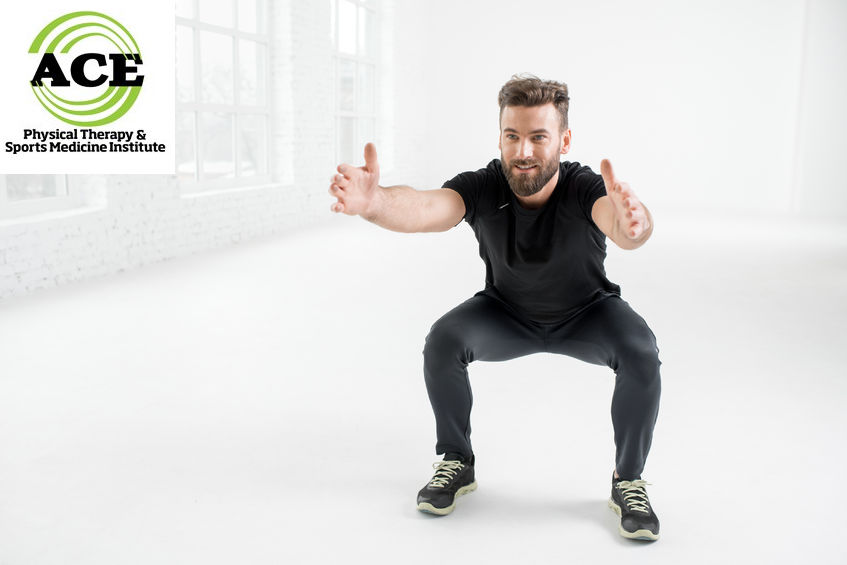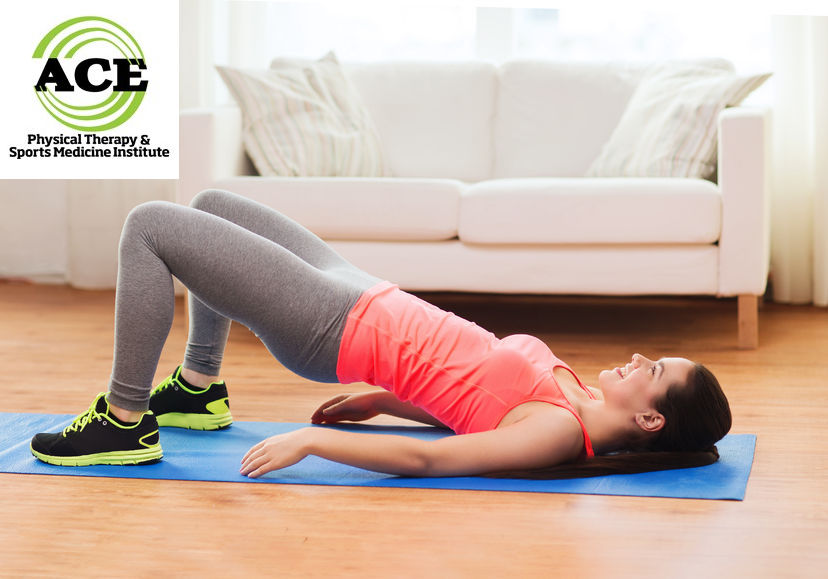CORE TRAINING…. WHAT SHOULD BE STRENGTHENED?

Tid Bits of Info
- The “six pack” muscles are really one muscle the Rectus Abdominus and it is very superficial.
- Functional core strength involves every muscle that attaches to the pelvis.
- Performing “sit ups” can actually cause low back pain if they are performed incorrectly or as the only “core” exercise.
- The core should stabilize and protect the spine and enable it to be the “anchor” spot for the lower and upper extremities.
- Seek the advice and guidance from a Physical Therapist if you need help with a core exercise program.
Look up exercise programs, and you’ll find a variety of articles on core training. While this popular term is sometimes associated with a flat tummy and “six pack” abs, it actually refers to a much more comprehensive muscle structure. Healthcare professionals that specialize in rehabilitation or training realize that core training is vital for movement, flexibility and overall quality of life. The core musculature is analogues to the foundation of a house. Without a strong and well-conditioned core, the upper and lower extremities cannot perform properly and are often times more susceptible to injury.
The core musculature has to include every muscle that “attaches” to the pelvis. The pelvis is the junction between the upper and lower body and the musculature that “attaches” to pelvis can have a direct or indirect effect on other body parts that are commonly injured during everyday activity. These muscles course the body in every direction and are layered in a way that gives them a mechanical advantage to be able to move the body. These muscles are capable of moving the different body part (s) actively or contracting in a way that produces a force on the joint (s) that helps to control motion and stabilize that body part.
One of the primary goals of an exercise regimen is to help someone live a high quality of life and avoid an injury by being stronger and more flexible. All exercise routines must have a strong core component to be complete. Many healthcare professionals will incorporate many different exercises into a routine that will have a positive effect on the core musculature. Combining movement in different planes of motion is more functional and is considered to be one of the most effective ways to train the core. These exercises will help to strengthen every muscle on the torso and hips. Generally speaking, every muscle that is present from the chest to the knees must be considered to be part of the core!

When someone trains or rehabilitates their body, they have to perform exercises in all planes (3) of motions to be sure to achieve the ultimate goal of fully developing a strong healthy core. These movements and exercises should be added in a systematic way to be sure to achieve success in the less difficult movements prior to attempting to perform high difficulty exercises. Many times the small stabilizing muscles of the lower abdominal wall, pelvic floor and deep paraspinal muscles are not functioning well. If an aggressive, more advanced exercise is performed it might engage larger more superficial muscles and not allow these muscles to contract fully or at all. If this happens the spine is not nearly as stable as it should be and in many instances a low back injury occurs. These muscles are thought to be the first line of stability for the pelvis and spine. If they contract well and when they are supposed to contract, they can hold these body parts effectively and enable them to be the “foundation” to all body movement. The larger muscles that are “visible in the mirror” are responsible for most of the movement and the deeper positioned muscles are good at helping to stabilize a body part and enable it to move more efficiently.
In the rehabilitation setting, a core exercise routine is part of nearly every exercise program regardless of the diagnosis. Physical Therapists who specialize in the treatment of orthopaedic conditions are well aware of the core’s responsibility in proper movement and function. Without core control and strength, no body part can move efficiently and correctly. The core is the “foundation” or “anchoring” point to numerous muscles that enable other muscles to function properly because one end is “anchored” and the other end moves.
Incorporating core exercises into a training or rehabilitation program is a must and it has to involve more musculature than the abdominal muscles. The entire core or “foundation” includes every muscle that attaches to the pelvis and truly extends from the chest to the knees.
























